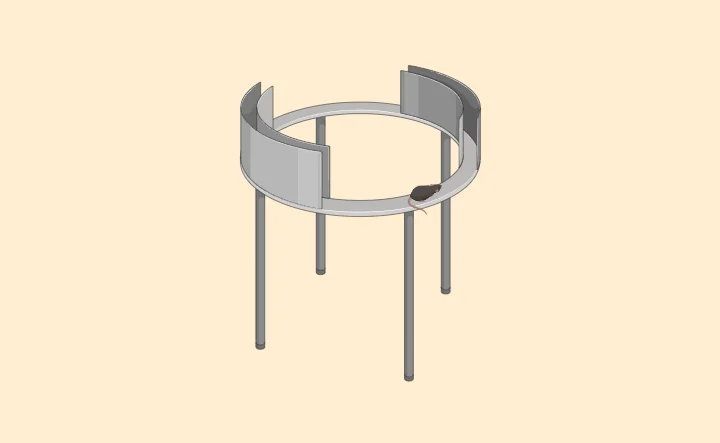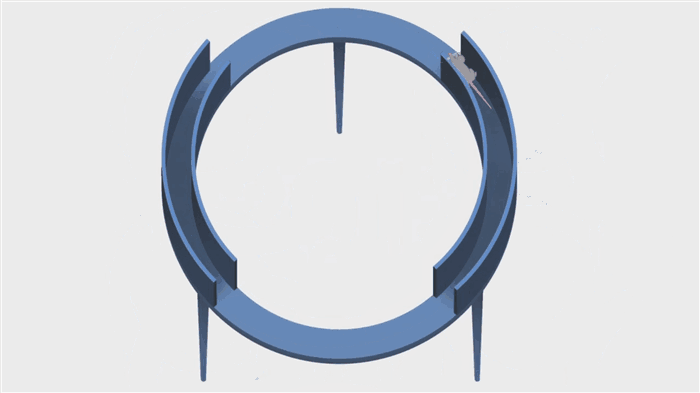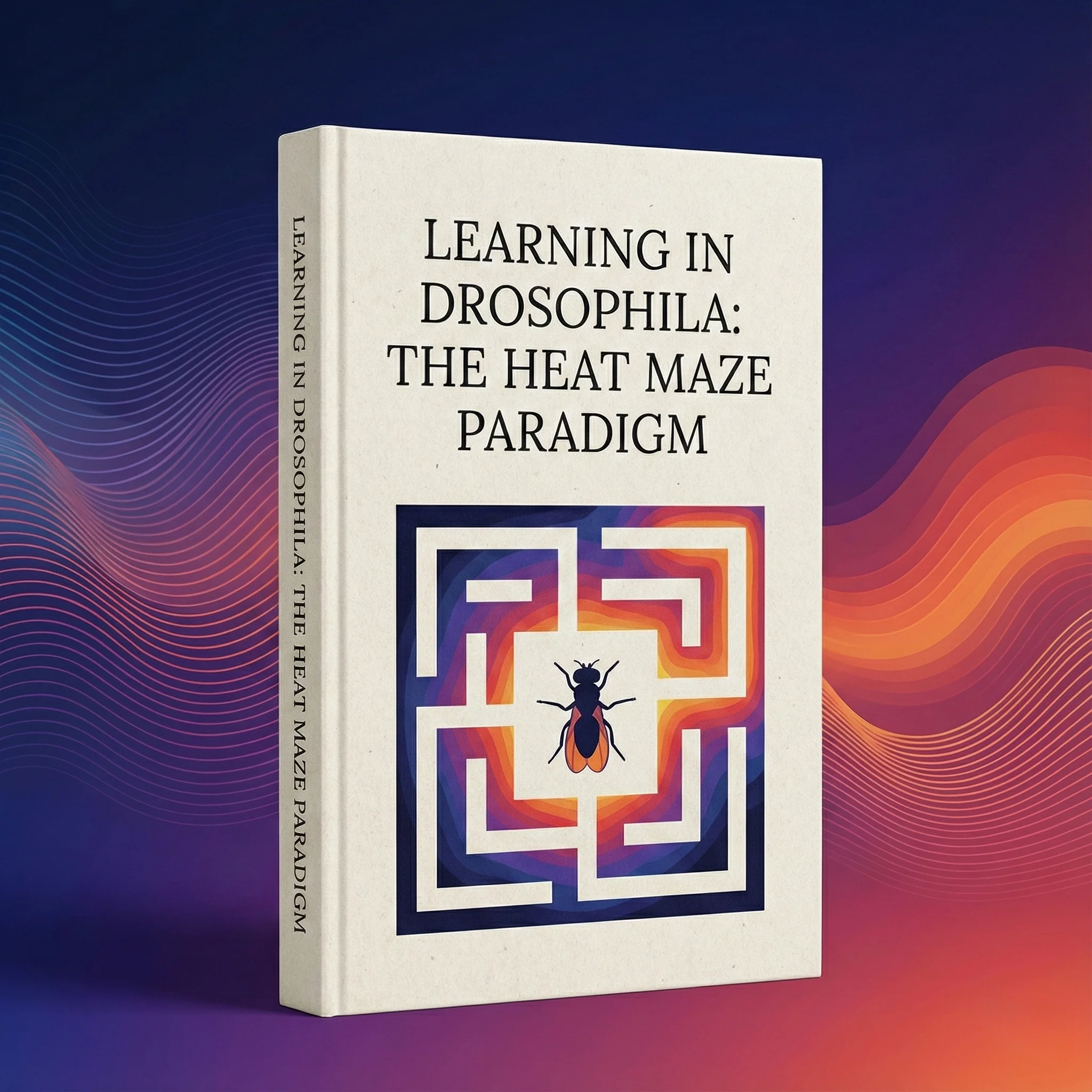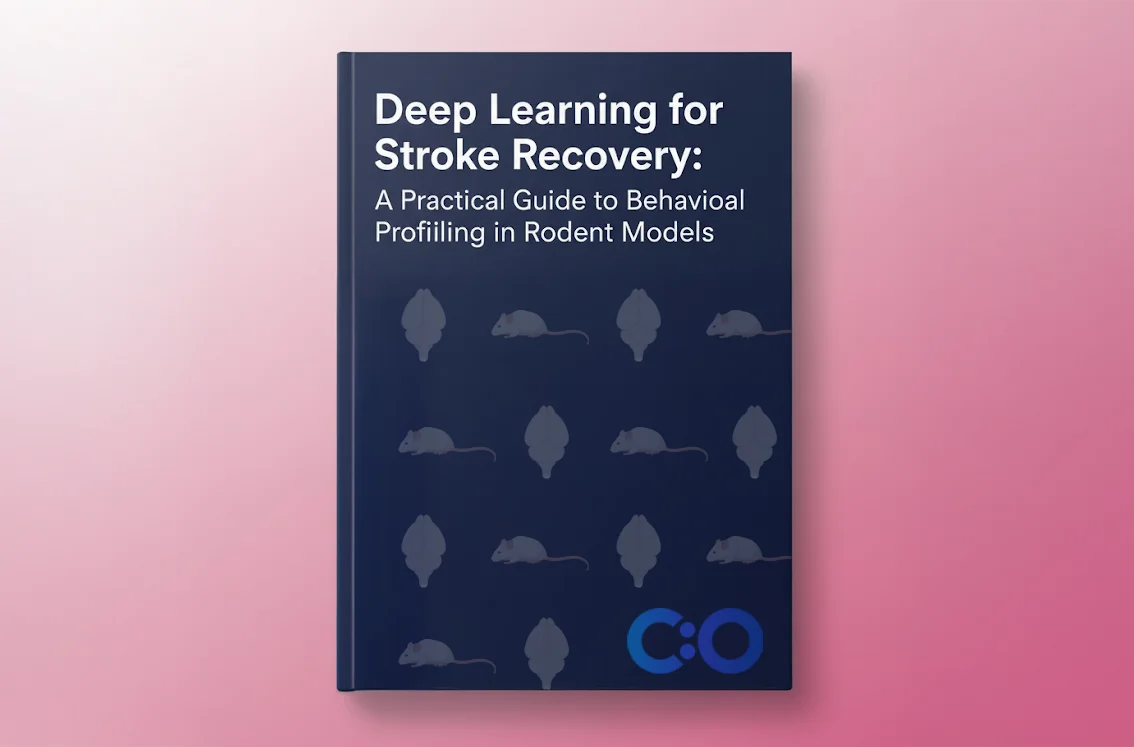

The study of anxiety and related behaviors in animals, particularly rodents, is a crucial aspect of neuroscience and behavioral research. One of the most effective and widely used tools in this domain is the Zero Maze. This innovative apparatus allows researchers to observe and measure anxiety-related behaviors in a controlled environment, providing insights that are vital for developing treatments for anxiety disorders in humans.
The Zero Maze is a circular apparatus designed specifically for assessing anxiety-related behaviors in rodents, usually mice or rats. Despite its simplicity, the Zero Maze is highly effective. It is specifically designed to leverage a single aspect of rodent behavior: their aversion to brightly lit areas.

Figure: Zero Maze
It consists of a circular runway, often divided into four equal quadrants. Two of these quadrants are open, without walls, while the other two are enclosed by high walls. This design is based on the principle that rodents naturally avoid open, elevated spaces due to their aversion to potential threats, thus exhibiting anxiety-like behaviors [1]. Scientists use this behavior to measure anxiety levels in rodents by observing the amount of time they spend in the open versus enclosed segments.

Here’s a step-by-step guide:
Ensure the maze is clean and free from any scent marks from previous subjects. This can be done by thoroughly cleaning the maze between tests.
Before placing the rodent in the maze, allow it to acclimate to the testing room environment. This reduces stress from sudden changes in surroundings.
Gently place the rodent in one of the enclosed quadrants. This starting point helps ensure that initial behavior is not influenced by immediate exposure to open areas.

Allow the rodent to explore the maze for a set period, typically 5-10 minutes. During this time, observe and record its movements, noting the time spent in open versus enclosed quadrants [2].
Analyze the recorded data to determine anxiety levels. Rodents spending more time in enclosed areas and less in open areas are considered to exhibit higher anxiety levels [3].
The Zero Maze is particularly useful because it removes the element of decision-making anxiety from the tests. In other mazes like the elevated plus maze, rodents encounter branching pathways, which can complicate results. Researchers often find it challenging to discern whether the rodents are anxious about the open areas or simply confused about which path to choose. The Zero Maze simplifies this by presenting the rodents with only one choice: between light and dark areas, thereby eliminating confusion and focusing solely on their aversion to open spaces.

The Zero Maze is primarily used to study anxiety and related behaviors in rodents. Researchers utilize this tool for several purposes:
The Zero Maze has been validated through various pharmaceutical trials. In a 2013 study [5], rats were divided into four groups to test different substances. The first group received chlordiazepoxide, a calming drug, and these rats spent more time in the open areas at sufficient dosages. The second group was given picrotoxin, an anxiety-inducing drug, and these rats were notably more reluctant to enter and stay in the open areas. The third group received methylphenidate, a stimulant, while the fourth group was given saline as a control. The behavior of the rats in the stimulant and control groups showed no significant differences in the trials.

The Zero Maze is an important tool in the field of behavioral neuroscience, offering a reliable and quantifiable method to study anxiety in rodents. Its application extends from basic research to drug development, making it indispensable in the quest to understand and treat anxiety disorders.
By providing clear insights into the behavioral manifestations of anxiety, the Zero Maze continues to contribute significantly to advances in mental health research.











Vanja works as the Social Media and Academic Program Manager at Conduct Science. With a Bachelor's degree in Molecular Biology and Physiology and a Master's degree in Human Molecular Biology, Vanja is dedicated to sharing scientific knowledge on social media platforms. Additionally, Vanja provides direct support to the editorial board at Conduct Science Academic Publishing House.
